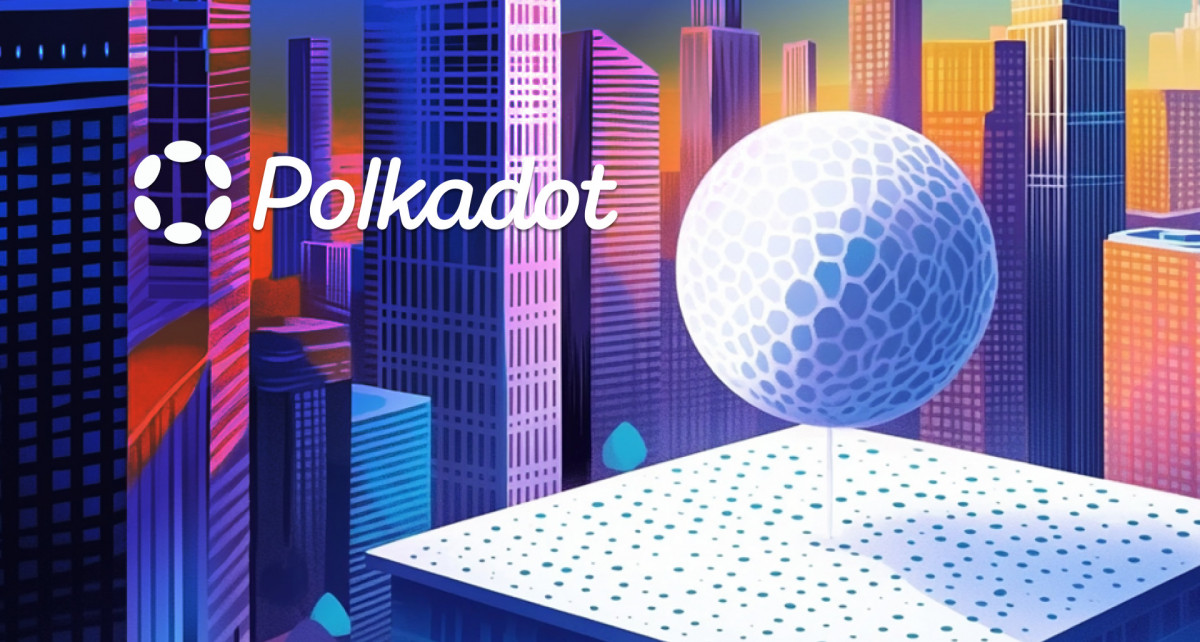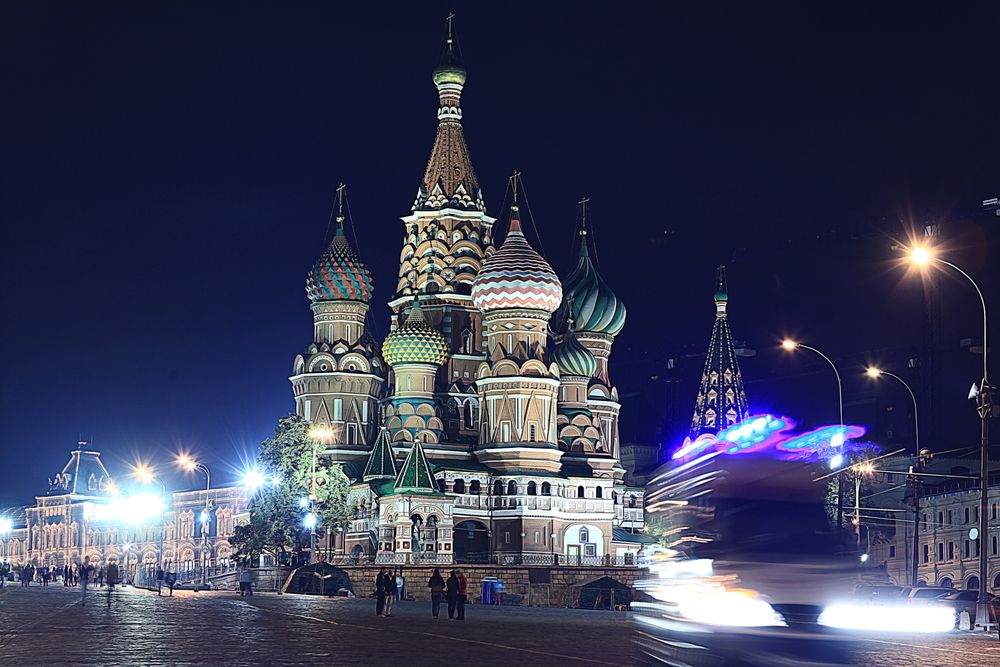Gameplay improvements are key to driving blockchain game adoption in 2023, according to a report by the Blockchain Game Alliance. And a separate report from DappRadar found that companies in the sector raised $7.6 billion in 2022.
The Blockchain Game Alliance (BGA) 2022 Member Survey and Report has found that blockchain gaming industry professionals are predicting that gameplay improvements will be the single most important factor driving adoption in 2023, with web3 developers working to make blockchain games more fun and immersive.
After gameplay improvements, the next two factors most commonly believed to propel the industry forward over the coming year are traditional gaming studios and existing gaming franchises moving into Web3, the report said.
Founded in 2018, the Blockchain Game Alliance (BGA) is an industry organization of over 500 members including major games and studios, guilds, blockchain protocols, venture capital, service organizations and crypto exchanges.
Now in its second year, the BGA Member Survey and Report is a survey designed to assess the views of BGA members and blockchain gaming professionals on the state of the industry as well as challenges and opportunities that lie ahead. The BGA engaged Emfarsis to design and conduct the 22-question survey, covering topics such as careers, growth, adoption and key issues facing the industry. Findings from the survey are used to ensure that the BGA’s planned activities are aligned with the industry’s needs.
In terms of the biggest positive impact on blockchain gaming over the past year, 21.3% of respondents pointed to the unprecedented levels of funding that flowed into the sector — the $7.6 billion reported by DappRadar.
The next two most positive influences were mainstream brands and celebrities adopting NFTs (16.4%) and traditional gaming studios launching their own NFT games (15.0%). When asked about the core benefits that blockchain brings to gaming, 68.9% indicated that digital asset ownership remains the most important advantage the technology can provide with NFTs delivering digital property rights to players.
Following this, new player reward models (35.2%) and new revenue models (34.3%) were highlighted as the most innovative aspects of web3 applied to games.
“Looking back, 2022 was a year of growth — not just in terms of funding, titles and headlines, but also in terms of active participation,” said Sebastian Borget, president of the BGA, in a statement. “Even with an influx of new entrants to the space, the core benefits of blockchain to the industry have not changed significantly since last year.”
He added, “Asset ownership for players, new player rewards and new revenue models remain the top three. On top of this, our industry is committed to improving the overall experience of blockchain games, from better gameplay to ease of onboarding. This tells me that we are putting players first in our quest to revolutionize our industry through the application of blockchain and NFTs.”
As for industry challenges, over half (51%) of survey respondents agreed that player onboarding and accessibility remains the biggest issue in blockchain gaming, given the steep learning requirements for new players not familiar with using cryptocurrencies and other blockchain applications. Following this, poor gameplay was said to be the biggest problem (37.2%) as well as the problem of blockchain gaming concepts not being fully understood (28.5%).
At a company level, FUD (fear, uncertainty and doubt) was the top concern with 27.7% indicating that the onset of crypto winter had negatively impacted their business. Despite this, almost nine out of ten (89.3%) said they believe they will still be working in blockchain gaming in one year’s time — a remarkable show of confidence in the industry, especially given half of all respondents (49.9%) had not even been in their current role for more than one year.
Big developments
The WAX protocol remained the most popular blockchain for web3 games, attracting almost 350,000 daily UAW on average in 2022. Hive and BNB Chain came next with 235,000 UAW and 167,000 UAW respectively.
Polygon consolidated as a chain for games after attracting 97,000 daily UAW on average in 2022, 340% higher than the previous year. Arc8 by GAMEE, Benji Bananas, Crazy Defense Heroes, and Pegaxy were among those game dapps that drove the growth.
ImmutableX generated $87 million in NFT trading volume, 250% higher than last year. Gods Unchained finished among the top 25 most traded collections across all blockchains.
Axie Infinity generated $325 million in NFT trading volume behind the launch of Axie Infinity: Origins and the first appearance of Lunacia in Axie Infinity Homeland.
Yuga Labs’ Otherside became the most traded virtual world project after launching on April 30, surpassing Decentraland and The Sandbox. Otherside generated over $1 billion in trades.
Gala Games finished 2022 with 18 games in its portfolio, including two on Steam and one in the Epic Games Store.
Alien Worlds was the most played dapp of 2022 with almost 200,000 daily UAW on average and 4.8 billion on-chain transactions encompassing gameplay, trading and DAO activity.
Splinterlands was the second most popular game based on wallet activity, consolidating its player base at 160,000 daily UAW during the second half of the year. The Hive-based trading card game also achieved relevant roadmap milestones as the team launched node validator licenses and dropped the Runi NFT and Land Deeds.
STEPN kickstarted the move-to-earn paradigm behind a gamified reward model for physical activities. While STEPN’s growth stalled in Q4, dapps like Genopets, Step App, Dotmoovs, and Dustland are also following the trend.
The leading gaming and metaverse projects continued to build despite the crypto winter. Projects behind the leading metaverse gaming dapps launched their alpha or beta phases, including Illuvium, The Sandbox, Big Time, Axie Infinity Homeland, The Fabled, Phantom Galaxies, Star Atlas, My Neighbor Alice, Treeverse, Mirandus and many more.
Industry data

The report said there are 1.13 million unique active wallets connected daily to game apps across 48 blockchains tracked in 2022, about 85% more than 2021.
On-chain game transactions reached 7.4 billion, up 37% from 2021 and 3,260% from 2020. About $2.54 billion was invested in blockchain infrastructure projects.
The trading volume from virtual worlds in 2022 was estimated at $1.45 billion, 136% higher than last year. And gaming accounts for almost 50% of all on-chain activity, according to Dapp Radar.
Among the survey respondents, 65% of respondents are below 35 years old. And 89% say they will still work in blockchain gaming one year from now. About 56% accept at least a portion of their salary in cryptocurrency. The BGA grew from 300 members in 2021 to 500 in 2022.
Industry drivers
Some 36% predict gameplay improvements will be the biggest driver of adoption in 2023. The survey found a 67% decrease in respondents who consider play-to-earn as the main driver of the industry. At the end of 2021, play-to-earn was believed to be the industry’s main driver.
And 21% cite funding as having the biggest positive impact on the industry in 2022, followed by NFT adoption by mainstream brands and celebrities.
Challenges
About 30% cite crypto winter as having the most negative impact on the industry in 2022. Forty percent believe that one of the greatest misconceptions about blockchain gaming is that it is environmentally harmful.
About 37% of respondents believe there is still a misconception that blockchain games are not fun.
GamesBeat’s creed when covering the game industry is “where passion meets business.” What does this mean? We want to tell you how the news matters to you — not just as a decision-maker at a game studio, but also as a fan of games. Whether you read our articles, listen to our podcasts, or watch our videos, GamesBeat will help you learn about the industry and enjoy engaging with it. Discover our Briefings.
Read More: news.google.com









 Bitcoin
Bitcoin  Ethereum
Ethereum  Tether
Tether  XRP
XRP  Solana
Solana  USDC
USDC  Dogecoin
Dogecoin  TRON
TRON  Cardano
Cardano  Lido Staked Ether
Lido Staked Ether  Wrapped Bitcoin
Wrapped Bitcoin  Hyperliquid
Hyperliquid  Wrapped stETH
Wrapped stETH  Sui
Sui  Chainlink
Chainlink  Avalanche
Avalanche  Stellar
Stellar  LEO Token
LEO Token  Bitcoin Cash
Bitcoin Cash  Toncoin
Toncoin  Shiba Inu
Shiba Inu  USDS
USDS  Hedera
Hedera  WETH
WETH  Wrapped eETH
Wrapped eETH  Litecoin
Litecoin  Polkadot
Polkadot  Binance Bridged USDT (BNB Smart Chain)
Binance Bridged USDT (BNB Smart Chain)  Monero
Monero  Ethena USDe
Ethena USDe  Bitget Token
Bitget Token  Pepe
Pepe  Pi Network
Pi Network  Coinbase Wrapped BTC
Coinbase Wrapped BTC  WhiteBIT Coin
WhiteBIT Coin  Aave
Aave  Uniswap
Uniswap  Dai
Dai  Ethena Staked USDe
Ethena Staked USDe  Bittensor
Bittensor  Aptos
Aptos  OKB
OKB  Cronos
Cronos  NEAR Protocol
NEAR Protocol  BlackRock USD Institutional Digital Liquidity Fund
BlackRock USD Institutional Digital Liquidity Fund  Internet Computer
Internet Computer  Jito Staked SOL
Jito Staked SOL  Ethereum Classic
Ethereum Classic  Ondo
Ondo